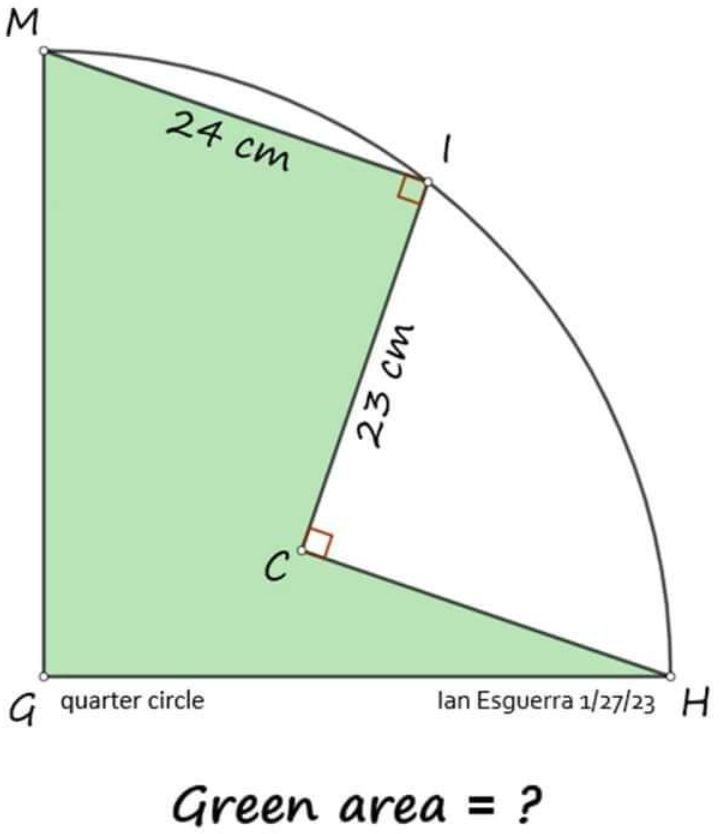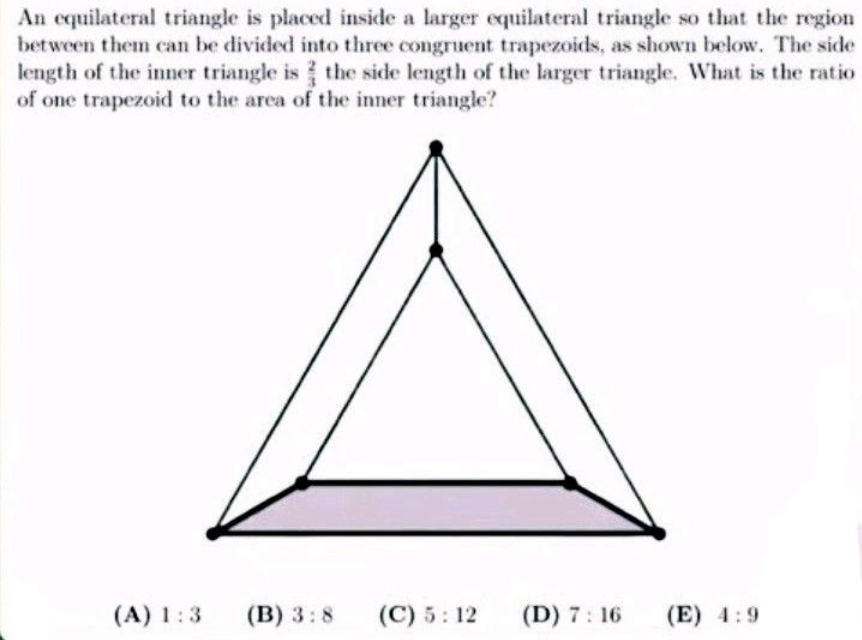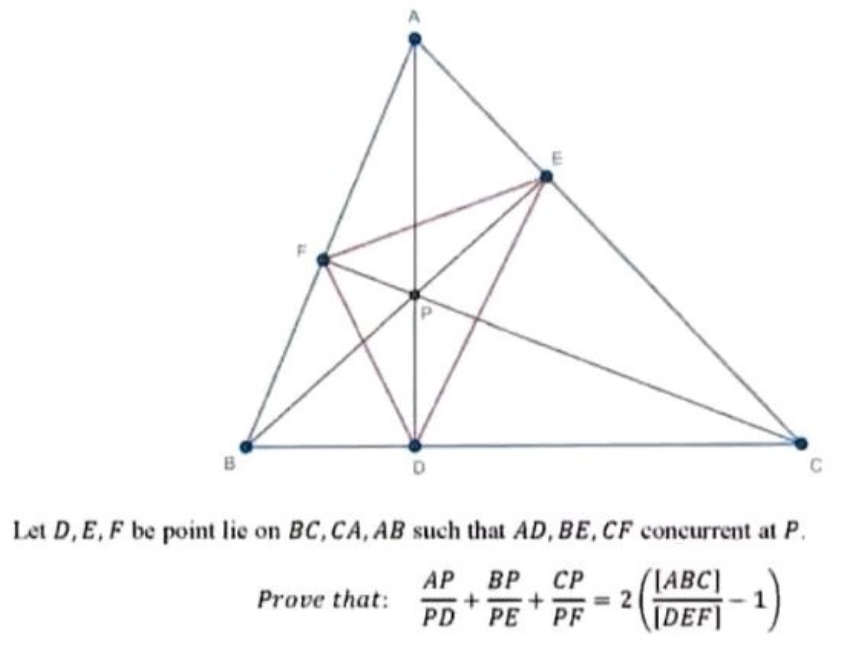
AllQuestion and Answers: Page 358
Question Number 185776 Answers: 3 Comments: 0

Question Number 185774 Answers: 2 Comments: 0

Question Number 185770 Answers: 1 Comments: 0

Question Number 185768 Answers: 1 Comments: 0

Question Number 185764 Answers: 2 Comments: 0
Question Number 185760 Answers: 1 Comments: 0
Question Number 185754 Answers: 0 Comments: 0

Question Number 185752 Answers: 0 Comments: 1

Question Number 185747 Answers: 0 Comments: 0

Question Number 185744 Answers: 0 Comments: 0

Question Number 185734 Answers: 4 Comments: 0
Question Number 185733 Answers: 0 Comments: 0

Question Number 185732 Answers: 1 Comments: 0

Question Number 185731 Answers: 0 Comments: 0

Question Number 185729 Answers: 1 Comments: 8

Question Number 185728 Answers: 1 Comments: 0
$$\left(\mathrm{x}−\mathrm{2013}\right)!=\mathrm{6}!\mathrm{7}! \\ $$$$\mathrm{x}=?? \\ $$
Question Number 185727 Answers: 0 Comments: 0

Question Number 185723 Answers: 1 Comments: 0

Question Number 185708 Answers: 2 Comments: 0

Question Number 185706 Answers: 3 Comments: 0
Question Number 185705 Answers: 1 Comments: 0

Question Number 185701 Answers: 0 Comments: 2
Question Number 185700 Answers: 0 Comments: 1

Question Number 185695 Answers: 2 Comments: 0
Question Number 185694 Answers: 0 Comments: 0
Question Number 185693 Answers: 1 Comments: 1
Pg 353 Pg 354 Pg 355 Pg 356 Pg 357 Pg 358 Pg 359 Pg 360 Pg 361 Pg 362
